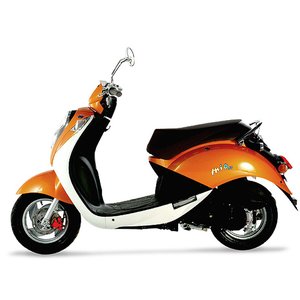SYM Mio 100 (2007–2014) Review: A Retro Gem for Urban Adventures 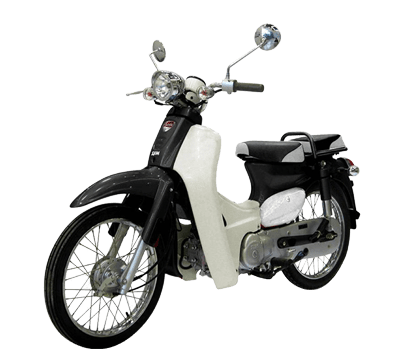
Introduction
The SYM Mio 100, produced between 2007 and 2014, is a scooter that blends retro charm with modern practicality. Designed to evoke the spirit of Italian classics while catering to the needs of urban commuters, this lightweight machine has carved out a niche as a stylish yet functional workhorse. Having spent a week test-riding a well-maintained 2014 model, I can confidently say the Mio 100 is more than just a pretty face—it’s a scooter that rewards riders with simplicity, efficiency, and a surprising dose of character.
Design & Aesthetics: Nostalgia Meets Modern Flair 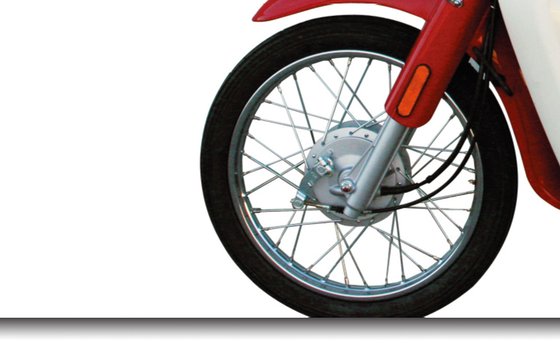
SYM’s designers nailed the retro aesthetic with the Mio 100. The rounded headlight, chrome accents, and curvaceous body panels pay homage to Vespa’s golden era, but with a Taiwanese twist. The two-tone color schemes—like Orange/White or Black/Red—add a playful vibrancy, while the minimalist bodywork avoids looking overly fussy.
Standout features include the color-changing instrument panel backlight (switchable between red, green, and blue) and the prism-effect LED taillight, which gives the rear a futuristic edge. The fit-and-finish is impressive for its price bracket: panel gaps are tight, and the metallic paints have a depth that resists fading. At 89 kg (196 lbs), the Mio feels sturdy yet manageable, with a low 720 mm (28.3-inch) seat height that welcomes riders of all statures.
Practical touches abound: a remote-operated seat release, flip-out passenger pegs, and a helmet lock under the saddle. Storage is limited to the small underseat compartment (fitting a half-face helmet at best), but SYM offered optional racks and trunks for added utility.
Performance: City Slicker, Not a Speed Demon 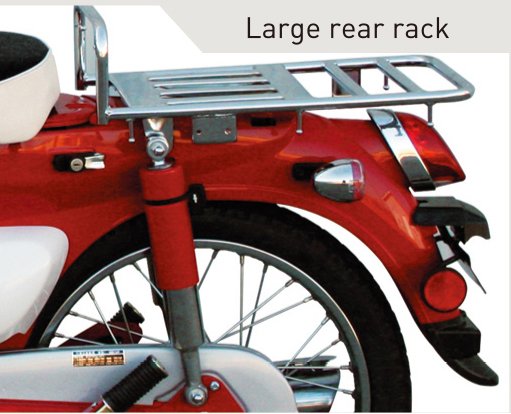
Powered by a 101cc air-cooled single-cylinder engine, the Mio 100 isn’t about raw power—it’s about efficiency. The carbureted mill produces 7.75 hp and 7.55 Nm (5.0 ft-lbs) of torque, paired with a smooth CVT transmission. Acceleration is leisurely but predictable: 0–50 km/h (0–31 mph) takes about 8 seconds, while the top speed hovers around 88 km/h (55 mph). That’s enough to keep up with urban traffic, though steep hills will require a running start.
Where the Mio shines is fuel economy. SYM claims 2.0 L/100 km (117 US mpg), and real-world riding nets around 2.2–2.5 L/100 km (94–106 mpg). With a 4.8-liter (1.27-gallon) tank, you’ll visit gas stations less often than your favorite coffee shop. The engine’s muted purr and lack of vibrations make it a serene companion—though hard acceleration reveals a buzzy note that’s more “angry sewing machine” than “throaty classic.”
Handling & Ride Experience: Agile, But Mind the Bumps 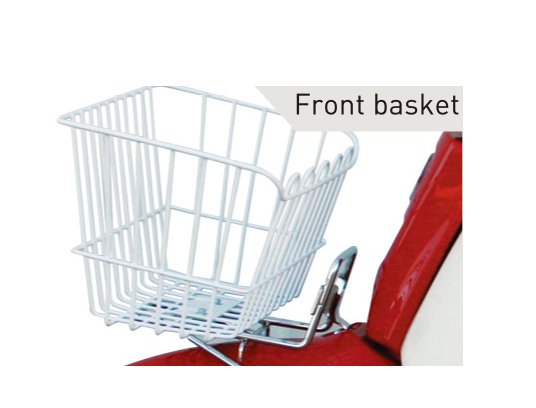
Weighing just 89 kg (196 lbs), the Mio 100 is a flickable joy in city traffic. The 10-inch wheels and short 1180 mm (46.5-inch) wheelbase let it dart through gaps and U-turn on a dime. The telescopic front fork and rear swingarm suspension handle mild bumps competently, though larger potholes send jarring feedback through the chassis. Preload-adjustable rear shocks would’ve been welcome for heavier riders.
Braking is adequate but uninspiring. The front hydraulic disc (160 mm) offers decent bite, while the rear drum lacks progression—stomp too hard, and it’ll lock up. SYM offered a drum-brake variant earlier in the generation, but stick with the disc model for added confidence.
The riding position is upright and relaxed, though taller riders might find the floorboard cramped. The split seat’s styling is retro-cool, but the metal grab rail between rider and passenger can dig into your back during long rides—a padded aftermarket cover would solve this.
Competition: How Does the Mio 100 Stack Up?
Honda Super Cub C100: The Mio’s spiritual ancestor. The Cub’s 4-speed semi-automatic transmission appeals to purists, but the Mio counters with a CVT for hassle-free riding. Honda’s build quality is superior, but SYM undercuts it on price and offers more modern features.
Vespa Primavera 50: A premium alternative with timeless design and superior suspension. However, the Vespa costs nearly twice as much and lacks the Mio’s fuel capacity.
Yamaha Vino 125: More powerful (125cc) and quicker, but heavier and less fuel-efficient. The Vino’s bulbous styling also lacks the Mio’s retro coherence.
Kymco Like 100: A direct rival with similar specs. The Kymco has a peppier engine but less comfortable seating.
Verdict: The Mio 100 isn’t the fastest or most refined in its class, but its blend of style, efficiency, and affordability makes it a compelling choice for urbanites who value aesthetics as much as practicality.
Maintenance: Keeping Your Mio 100 Happy 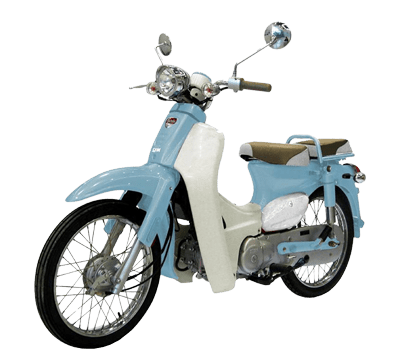
SYM’s reputation for reliability shines here. The air-cooled engine avoids complex cooling systems, and the carburetor is easy to tune. Key maintenance tips:
- Oil Changes: Use 10W-40 mineral oil every 2,000 km (1,200 mi). Neglect this, and the engine’s dry-sump system will protest loudly.
- Belt & CVT: Inspect the drive belt every 8,000 km (5,000 mi). Replace if cracked or glazed. MOTOPARTS.store stocks OEM-spec belts for smooth power delivery.
- Brakes: The front disc’s sintered pads last ~10,000 km (6,200 mi). Upgrade to organic pads for less dust. Drum shoes typically endure 15,000 km (9,300 mi).
- Tires: The 90/90-10 sizes are common but opt for grippy rubber like Michelin City Grip for wet weather confidence.
- Carb Cleaning: Annual cleaning prevents clogs, especially if ethanol-blended fuel is used.
Common Upgrades:
- Seat Cushion: Gel pads or custom upholstery improve long-haul comfort.
- Windshield: A small flyscreen reduces highway buffeting.
- LED Lighting: Boost visibility with brighter turn signals and headlight bulbs.
Conclusion: A Scooter That Ages Gracefully 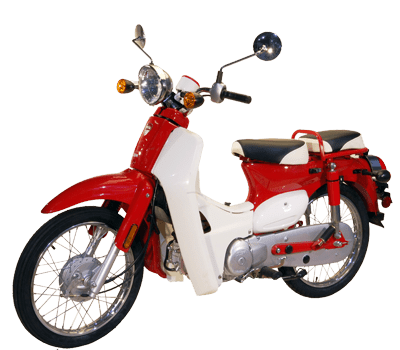
The SYM Mio 100 isn’t perfect—it could use more storage, better suspension, and a fuel-injected engine. But as a budget-friendly retro scooter, it’s hard to fault. Its timeless design turns heads, its thrifty engine saves wallets, and its nimble nature conquers cities. For riders seeking a Vespa-esque experience without the premium price tag, the Mio 100 remains a charming, practical choice.
Whether you’re restoring a 2007 model or upgrading a 2014 variant, MOTOPARTS.store has the components to keep your Mio running smoothly—from carburetor kits to chic vintage mirrors. After all, this is a scooter that deserves to be ridden, not just admired.




Specifications sheet
| Engine | |
|---|---|
| Stroke: | Four-stroke |
| Max power: | 5 kW | 7.0 hp |
| Max torque: | 8 Nm |
| Fuel system: | Carburetor |
| Lubrication: | Dry sump |
| Max power @: | 8000 rpm |
| Displacement: | 101 ccm |
| Max torque @: | 6500 rpm |
| Configuration: | Single |
| Cooling system: | Air cooled, forced |
| Compression ratio: | 10.5:1 |
| Number of cylinders: | 1 |
| Dimensions | |
|---|---|
| Wheelbase: | 1180 mm (46.5 in) |
| Dry weight: | 87 |
| Wet weight: | 89 |
| Seat height: | 720 mm (28.3 in) |
| Overall width: | 720 mm (28.3 in) |
| Overall height: | 1020 mm (40.2 in) |
| Overall length: | 1720 mm (67.7 in) |
| Ground clearance: | 95 mm (3.7 in) |
| Fuel tank capacity: | 4.8 L (1.27 US gal) |
| Drivetrain | |
|---|---|
| Final drive: | belt |
| Transmission: | CVT automatic |
| Electrical | |
|---|---|
| Battery: | 12V 6 Ah |
| Starter system: | Electric & kick |
| Maintenance | |
|---|---|
| Engine oil: | 10W-40 (estimated) |
| Brake fluid: | DOT 3 or DOT 4 (estimated) |
| Spark plugs: | NGK standard (exact model unspecified) |
| Coolant capacity: | N/A (air-cooled) |
| Engine oil capacity: | 0.8 |
| Engine oil change interval: | Every 3000 km or 1 year (estimated) |
| Valve clearance check interval: | Every 10,000 km (estimated) |
| Performance | |
|---|---|
| Top speed: | 88 km/h (54.7 mph) |
| Fuel consumption: | 2.0 L/100 km (50 km/l / 117 US mpg) |
| Climbing capacity: | 28° |



